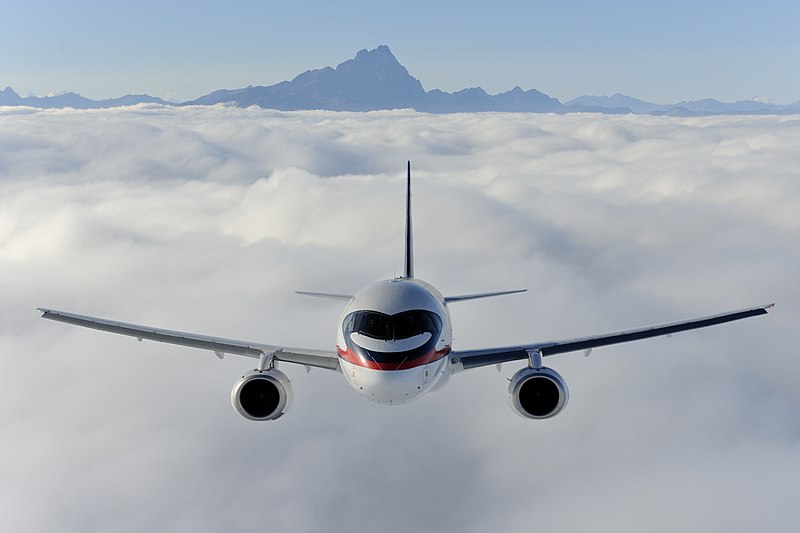
Picture: SuperJet International | Wikimedia Commons
Service ceiling can be defined as, “The altitude at which the maximum rate of climb has a defined value approximating to the lowest practicable for a service operation.” Generally, it is the altitude at which the aircraft’s maximum rate of climb reduces to 100 feet per minute.
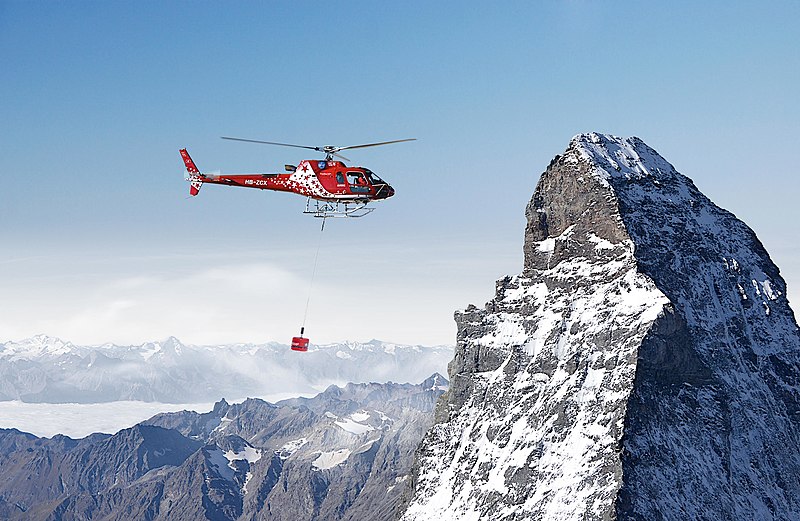
Picture: Lennart Brügge | Wikimedia Commons
When an aircraft reaches a certain altitude, its output, lift generation, and air density reduces significantly which makes an aircraft unable to fly further up inorder to operate the aircraft in a sustained and secure manner.
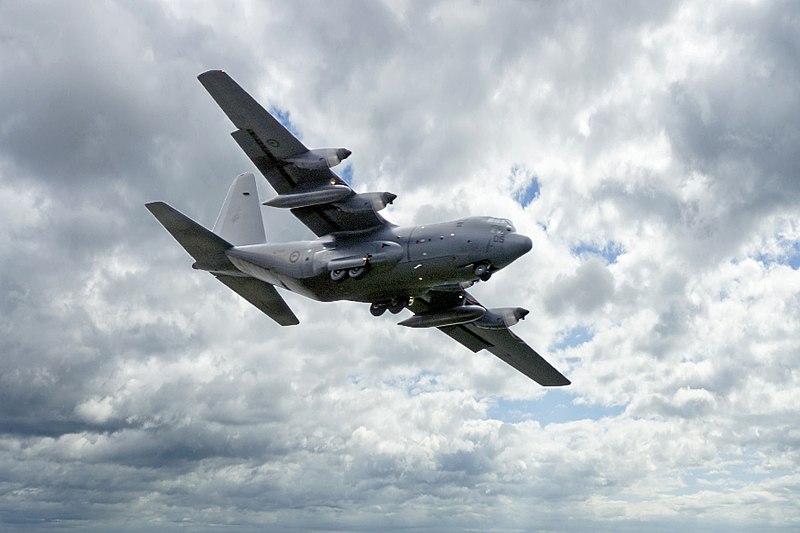
Picture: XPinger (Chris Sutton) | Wikimedia Commons
Engine power, wing design, weight of aircraft and environment conditions (high temperature) all play a role in affecting the service ceiling of an aircraft. The heavier the weight of the aircraft is, the lower its service ceiling will be in order to sustain the flight.

Picture: Julian Herzog | Wikimedia Commons
Service ceiling does not represent the maximum altitude an aircraft is able to reach, but rather, it shows the highest altitude where it can maintain a minimum climb rate of 100 feet per minute.
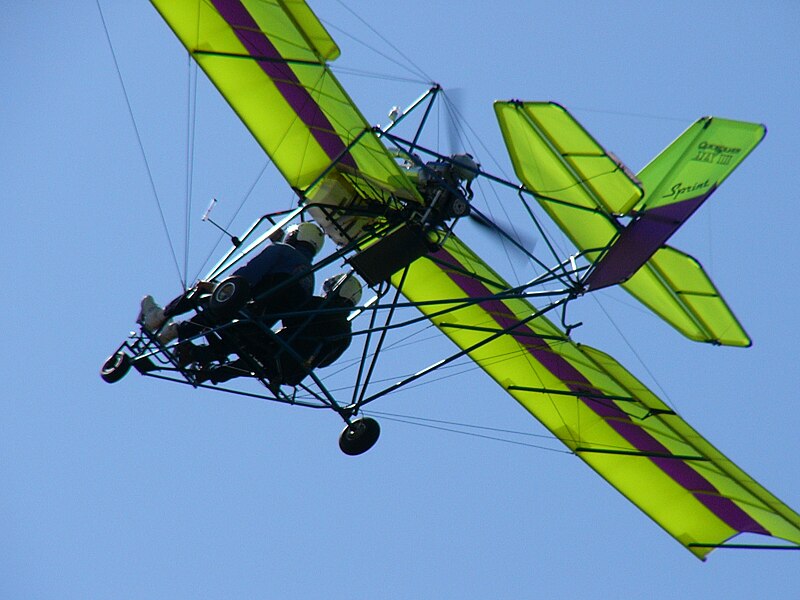
Picture: Ahunt | Wikimedia Commons
The aircraft with the lowest service ceiling would be lightweight and low-powered designs such as ultralights, microlights, some historical and recreational aircraft. These kinds of aircraft were never intended to fly at high altitude but rather for local and low-altitude flights.
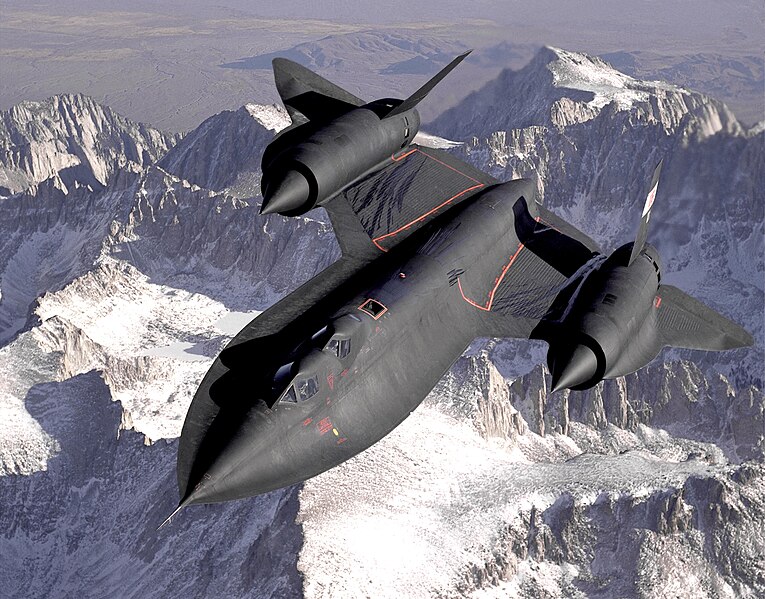
Picture: USAF / Judson Brohmer | Wikimedia Commons
Aircrafts such as Surveillance Aircraft, High-Speed and Experimental Aircraft, Military Aircraft, and military aircraft have higher service ceilings compared to other aircraft. Some aircraft require a higher service ceiling in order to fly at higher altitudes.
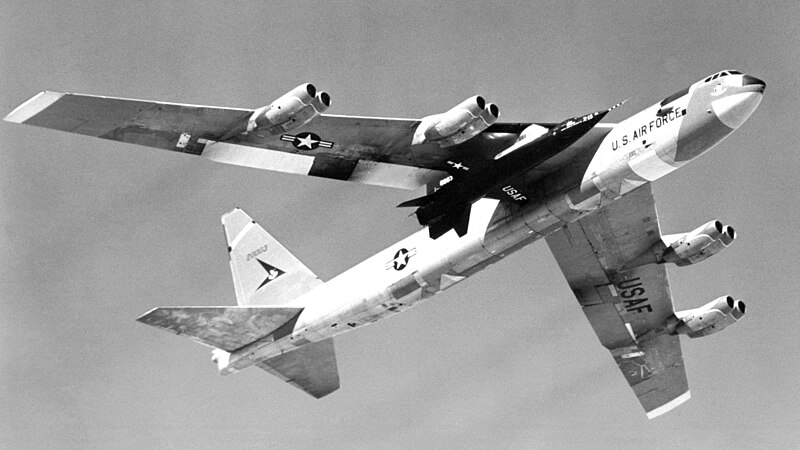
Picture: NASA | Wikimedia Commons
NASA X-15 is the aircraft with the highest service ceiling of 107,960 feet. It holds the record for the highest altitude that a manned aircraft has ever reached.
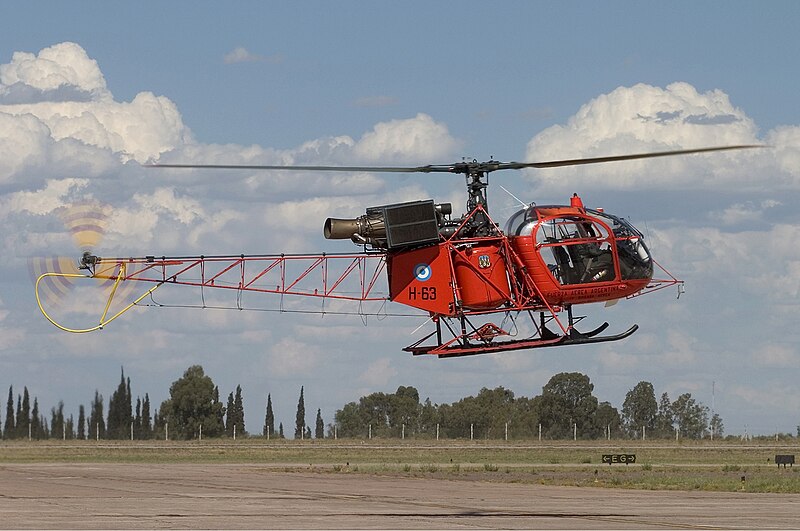
Picture: Chris Lofting | Wikimedia Commons
The record for the highest altitude achieved by a helicopter is by the Aérospatiale SA 315B Lama by Jean Boulet in 1972. Aérospatiale SA 315B Lama reached an altitude of 12,442 meters. Despite having a service ceiling of only 5,400 meters, this aircraft has demonstrated to transcend its service ceiling.
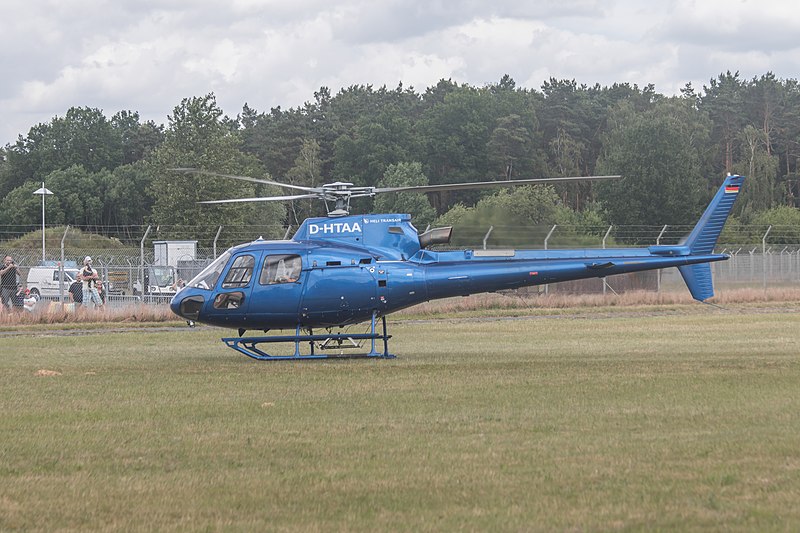
Picture: Johannes Maximilian | Wikimedia Commons
The AS350 B3 is the first helicopter to have landed on the summit of Mount Everest in 2005. It was flown by Didier Delsalle. This achievement showcased the helicopter’s high-altitude capability by surpassing its service ceiling of (about) 7000 meters.
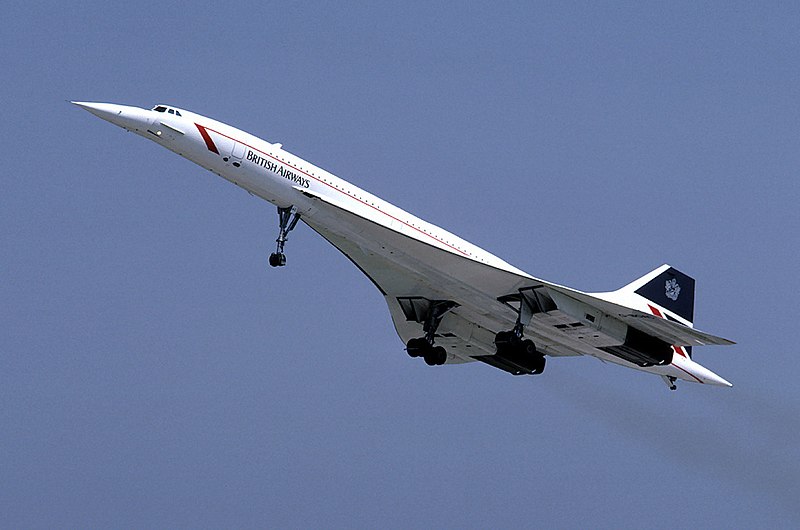
Picture: Eduard Marmet | Wikimedia Commons
The Concorde holds the record for the highest altitude achieved by a commercial airline. Despite the average altitude for commercial airlines being around 40,000 feet, the Concord reached an altitude of 60,000 feet.
